Selecting the appropriate size and style of a chandelier is crucial for achieving a harmonious aesthetic in any room. The size of the chandelier should be proportionate to the dimensions of the space it will occupy. A common guideline is to add the length and width of the room in feet, and then convert that total into inches to determine the ideal diameter of the chandelier.
For instance, in a dining room measuring 12 feet by 15 feet, the total is 27, suggesting a chandelier with a diameter of approximately 27 inches. However, this is merely a starting point; factors such as ceiling height and the presence of other furnishings must also be considered. A chandelier that is too small can appear lost in a large room, while one that is excessively large can overwhelm a smaller space.
Beyond size, the style of the chandelier should complement the overall design theme of the room. Whether your home leans towards modern minimalism, rustic charm, or classic elegance, there are countless styles to choose from. For instance, a sleek, geometric chandelier made of metal and glass may suit a contemporary space, while an ornate crystal chandelier could enhance a traditional dining area.
Additionally, consider the color palette and materials used in the room. A wooden chandelier can add warmth to a farmhouse-style kitchen, while a polished chrome fixture might be more appropriate for an industrial loft. Ultimately, the right combination of size and style will create a focal point that enhances the room’s character.
Placement and Height Considerations
Placement and height are critical factors when installing a chandelier, as they significantly influence both functionality and aesthetics. The general rule of thumb for hanging a chandelier in a dining room is to position it approximately 30 to 36 inches above the tabletop. This height allows for adequate illumination while ensuring that diners can comfortably converse without obstruction.
In spaces with higher ceilings, such as grand entryways or living rooms, it may be necessary to adjust the height accordingly. A chandelier should be hung so that it does not interfere with foot traffic or create an awkward visual barrier. In addition to height, the placement of the chandelier should take into account the layout of the room.
Centering the fixture over a dining table or seating area creates a cohesive look and ensures that light is distributed evenly across the space. In larger rooms, multiple chandeliers may be used to define different areas, such as seating zones or reading nooks. When considering placement, also think about how the chandelier interacts with other elements in the room, such as artwork or architectural features.
A well-placed chandelier can draw attention to these elements, enhancing the overall design while providing functional lighting.
Types of Chandeliers
Chandeliers come in a diverse array of types, each offering unique characteristics that can enhance various spaces within a home. Traditional crystal chandeliers are perhaps the most iconic, often featuring intricate designs and sparkling crystals that refract light beautifully. These fixtures are typically associated with formal dining rooms or grand entryways, where they can serve as stunning focal points.
However, modern interpretations of crystal chandeliers have emerged, incorporating sleek lines and minimalist designs that fit seamlessly into contemporary interiors. Another popular type is the pendant chandelier, which consists of one or more hanging fixtures suspended from a single point. These are particularly versatile and can be used in various settings, from kitchens to living rooms.
Pendant chandeliers come in numerous styles, including industrial designs with exposed bulbs and vintage-inspired fixtures with Edison-style bulbs. For those seeking a more rustic feel, wooden chandeliers made from reclaimed materials can add warmth and character to spaces like cabins or country homes. Additionally, there are also outdoor chandeliers designed to withstand the elements, allowing homeowners to extend their lighting choices to patios and gardens.
Incorporating Dimmer Switches for Versatility
Incorporating dimmer switches into your chandelier lighting setup can significantly enhance versatility and ambiance within a space. Dimmer switches allow you to adjust the brightness of your chandelier according to different activities or moods. For example, during formal dinners or gatherings, you might prefer brighter lighting to facilitate conversation and dining.
Conversely, for more relaxed evenings or intimate gatherings, lowering the brightness can create a cozy atmosphere that encourages relaxation. The installation of dimmer switches is relatively straightforward and can often be done without professional assistance. However, it’s essential to ensure that the dimmer switch is compatible with the type of bulbs used in your chandelier—especially if you opt for LED bulbs, which require specific dimmers for optimal performance.
Additionally, using dimmable LED bulbs can further enhance energy efficiency while providing flexibility in lighting levels. By integrating dimmer switches into your chandelier setup, you not only increase functionality but also elevate the overall aesthetic experience of your home.
Maintenance and Cleaning Tips
Maintaining and cleaning your chandelier is essential for preserving its beauty and functionality over time. Dust and grime can accumulate on light fixtures, diminishing their brilliance and potentially affecting their performance. Regular cleaning should be part of your home maintenance routine; ideally, chandeliers should be cleaned every few months or more frequently if they are located in areas prone to dust or grease buildup.
To clean a chandelier effectively, start by turning off the power and allowing it to cool down if it has been recently used. Use a soft cloth or feather duster to gently remove dust from the surface of the fixture. For more thorough cleaning, especially on crystal chandeliers, consider using a mixture of warm water and mild dish soap.
Dampen a cloth with this solution and carefully wipe each crystal or glass piece individually. Avoid using harsh chemicals or abrasive materials that could scratch or damage delicate surfaces. After cleaning, ensure that all components are dry before restoring power to prevent any electrical issues.
Energy-Efficient Options
As energy efficiency becomes increasingly important in modern home design, many homeowners are seeking out energy-efficient options for their lighting fixtures, including chandeliers. One of the most effective ways to enhance energy efficiency is by choosing LED bulbs instead of traditional incandescent ones. LED bulbs consume significantly less energy while providing comparable brightness levels and longer lifespans—often lasting up to 25 times longer than incandescent bulbs.
In addition to selecting energy-efficient bulbs, consider chandeliers designed with energy-saving features in mind. Some manufacturers offer fixtures that incorporate integrated LED technology directly into the design, eliminating the need for bulb replacements altogether. These fixtures often come with built-in dimming capabilities as well, allowing for further energy savings by reducing light output when full brightness is unnecessary.
By opting for energy-efficient chandeliers and lighting solutions, homeowners can reduce their carbon footprint while enjoying beautiful illumination throughout their spaces.
When it comes to installing a chandelier, homeowners often face the decision between tackling the project themselves or hiring a professional electrician. DIY installation can be an appealing option for those who enjoy hands-on projects and wish to save on labor costs. Many chandeliers come with detailed instructions that make installation manageable for individuals with basic electrical knowledge and skills.
However, it’s crucial to assess your comfort level with electrical work before proceeding; improper installation can lead to safety hazards such as electrical fires or falling fixtures. On the other hand, professional installation offers peace of mind and ensures that the chandelier is installed correctly and safely. Electricians have the expertise to handle complex wiring issues and can provide valuable advice on placement and height considerations based on their experience.
Additionally, hiring a professional may be particularly beneficial for larger or heavier chandeliers that require specialized mounting hardware or support systems. Ultimately, whether you choose DIY installation or professional assistance will depend on your skill level, comfort with electrical work, and the specific requirements of your chosen chandelier.
Budget-Friendly Chandelier Options
Finding budget-friendly chandelier options does not mean sacrificing style or quality; there are numerous affordable choices available that can enhance any space without breaking the bank. Many retailers offer stylish chandeliers at various price points, making it easier for homeowners to find something that fits their budget while still achieving their desired aesthetic. For instance, big-box home improvement stores often carry an array of trendy fixtures at competitive prices.
Additionally, consider exploring second-hand shops or online marketplaces where vintage or gently used chandeliers Neeena can be found at reduced prices. These unique pieces often come with character and charm that new fixtures may lack. If you’re feeling creative, you might even consider upcycling an old chandelier by repainting it or replacing outdated bulbs with modern alternatives—this approach not only saves money but also allows for personalization in your home decor.
By being resourceful and open-minded about where to shop for chandeliers, you can find beautiful options that align with your budgetary constraints while still elevating your interior design.

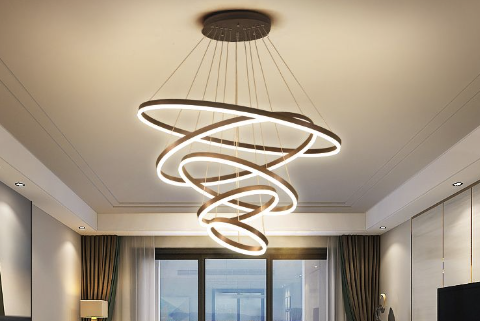
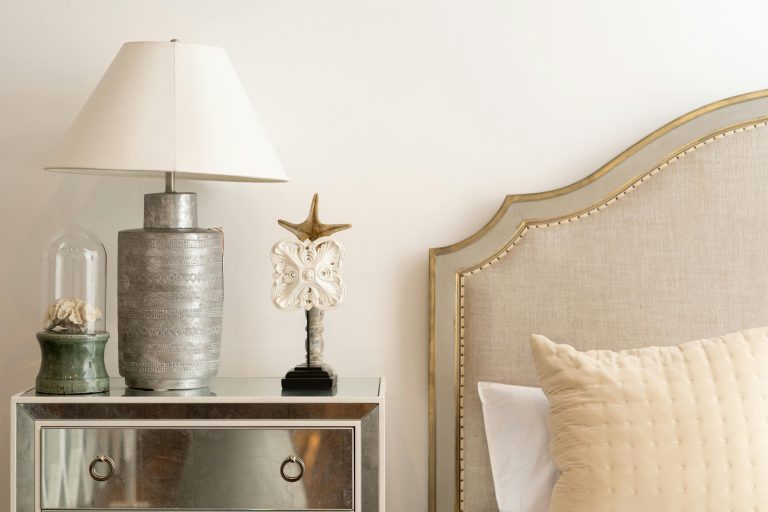
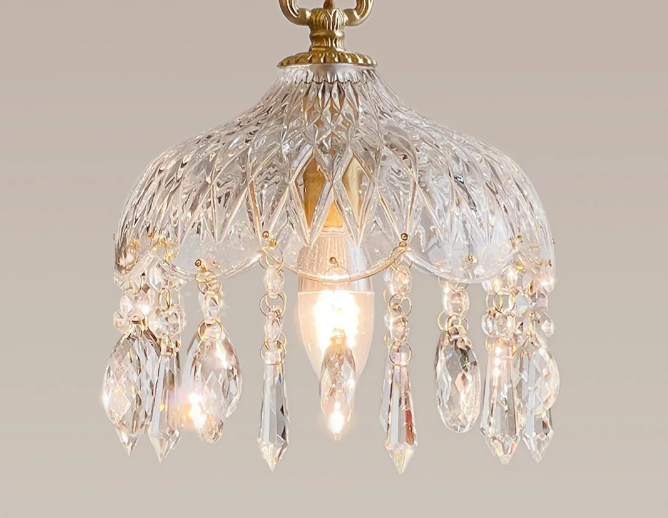
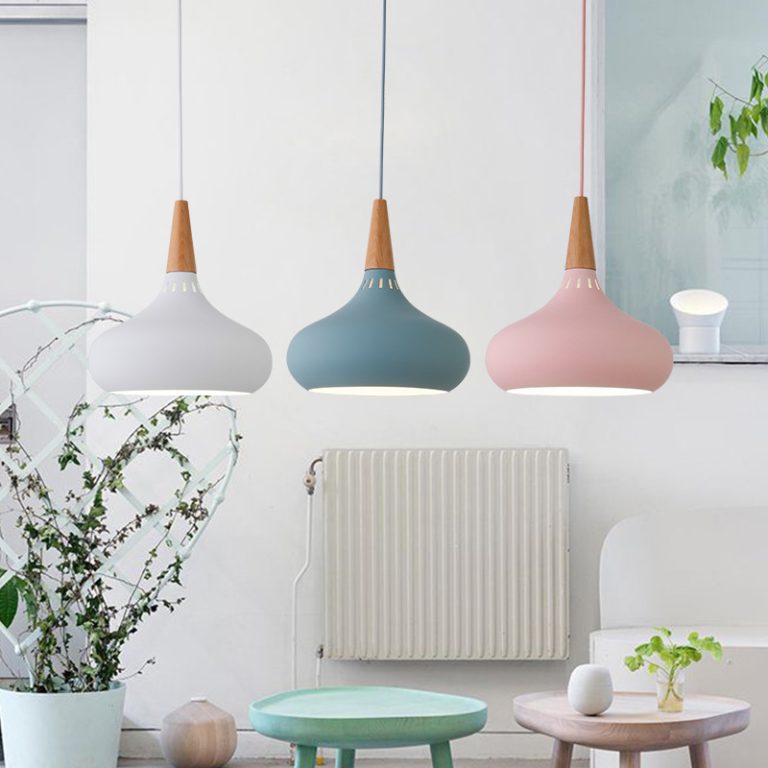
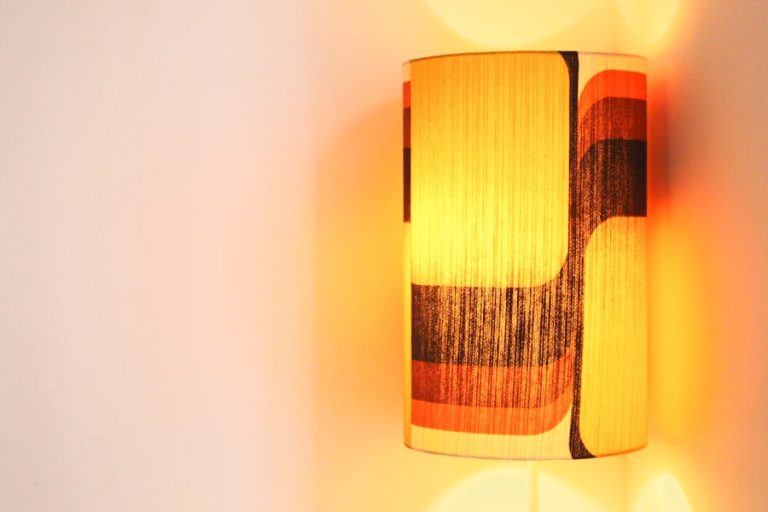
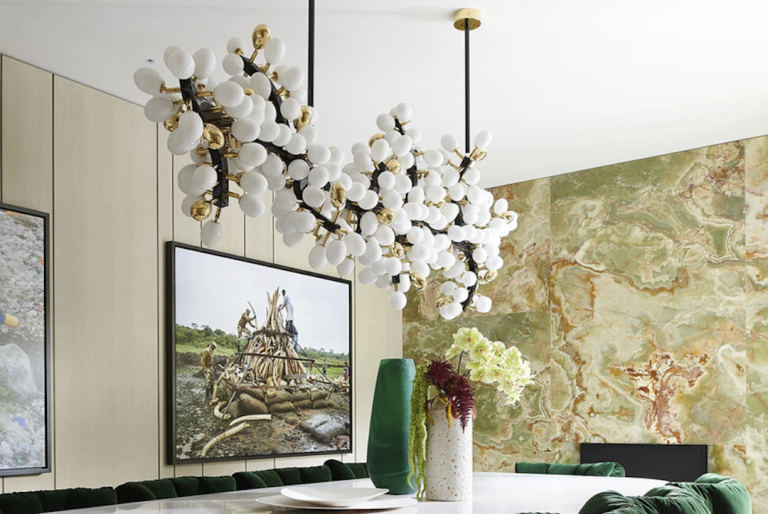
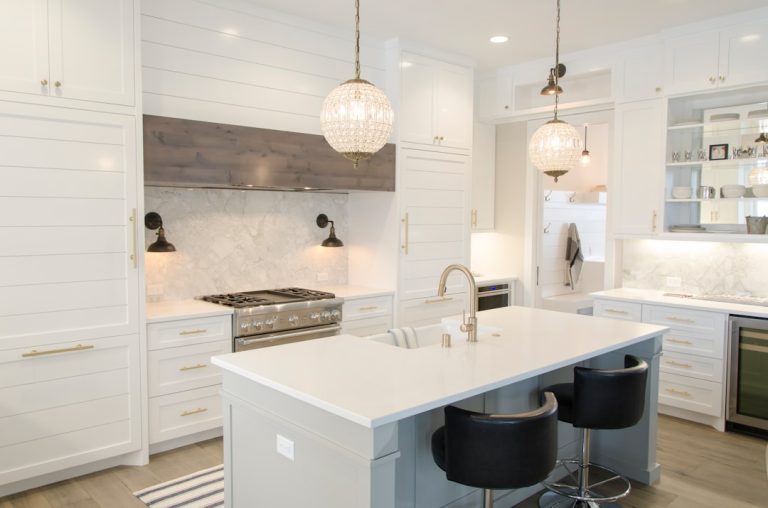
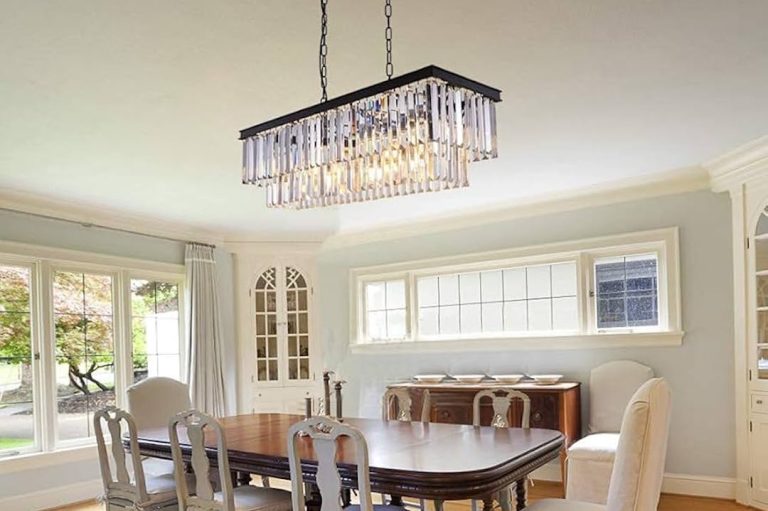
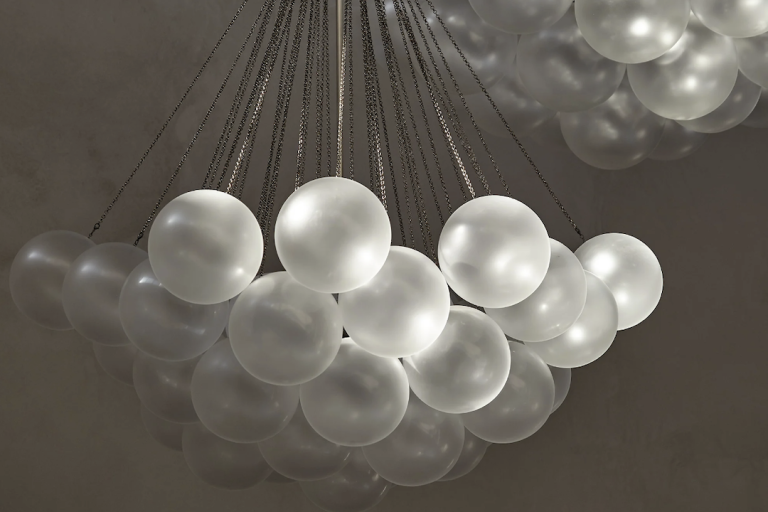
+ There are no comments
Add yours